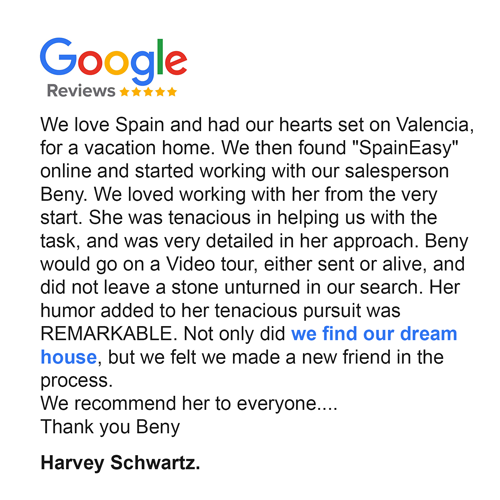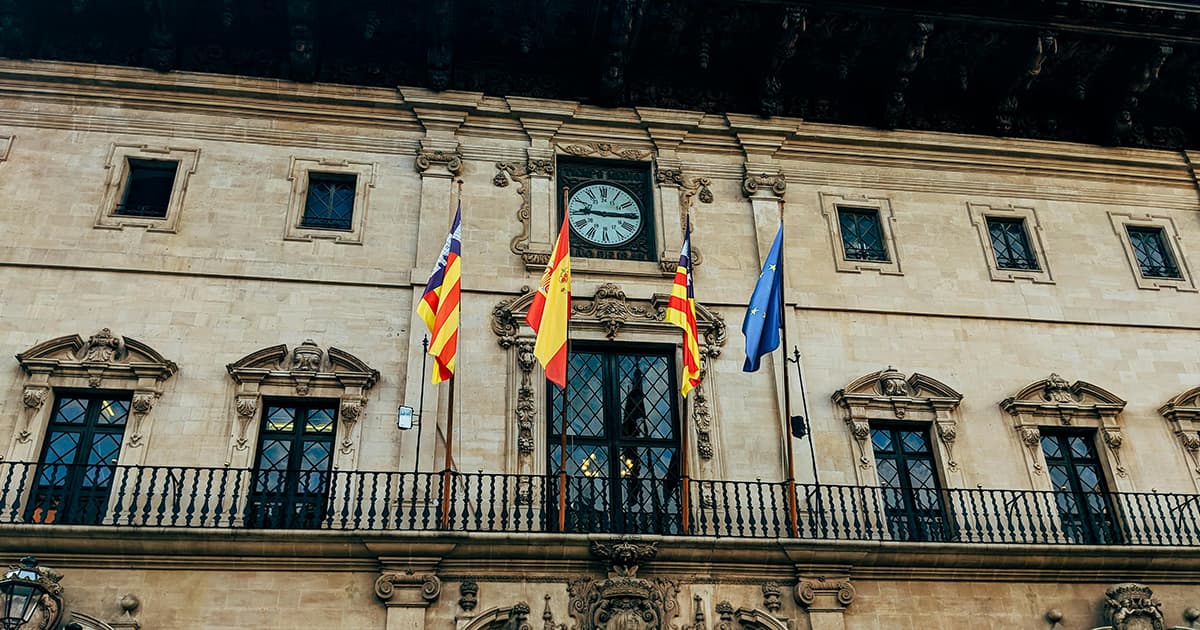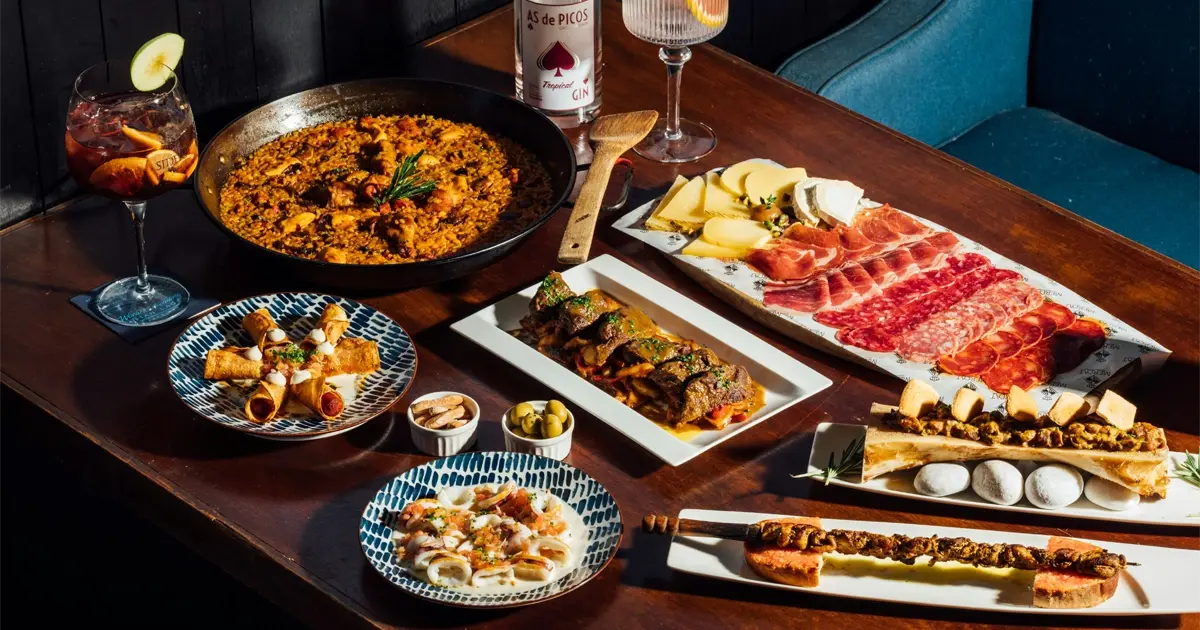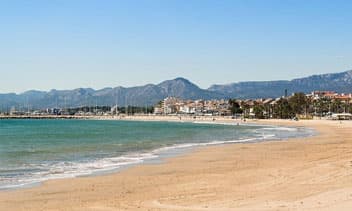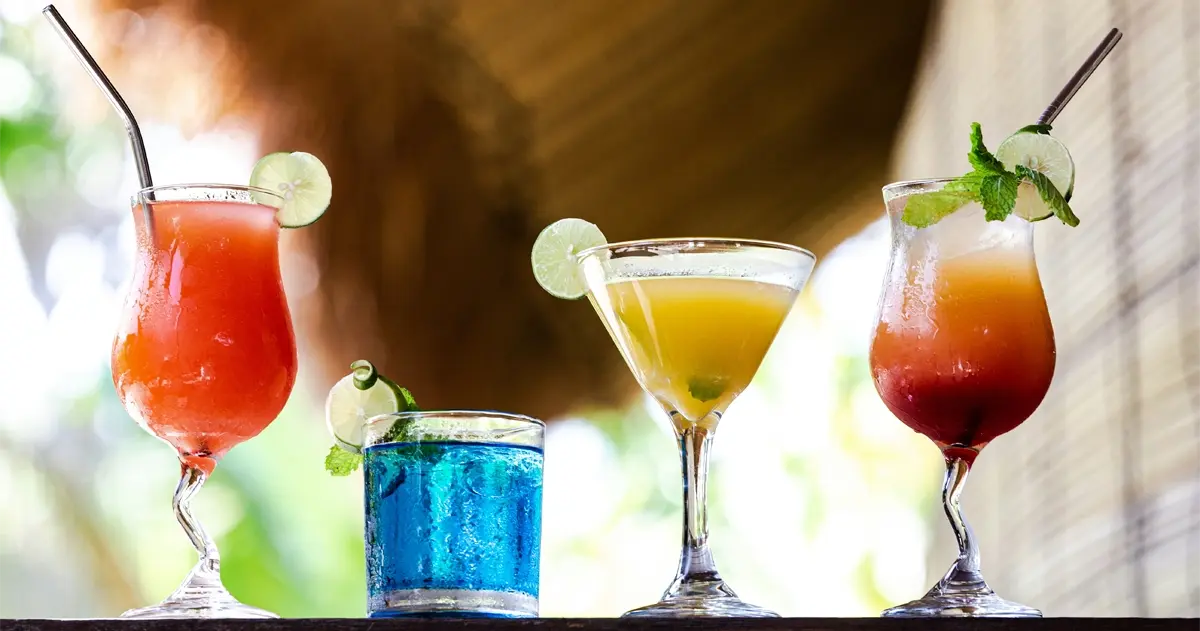
Spanish Cocktails: Traditions and Modern Favorites
Last update: November 27, 2025
Reading time: 22.6 min
No Time to Read It All? Here’s the Quick Summary:
Spain’s cocktail culture goes far beyond Sangría. From region-specific drinks like Rebujito in Andalusia or Queimada in Galicia, to reinvented global favorites like the Spanish-style Gin & Tonic, cocktails here are about sharing, celebration, and seasonal rituals. Whether you’re sipping a Mojito on a beach, enjoying an Agua de Valencia at a local party, or trying a Clara with your midday tapas, there’s a drink for every place, mood, and moment. This guide gives you the best picks, local customs, non-alcoholic options, and practical tips to drink like a local — with style and moderation.
The Richness of Spanish Cocktails
A Cultural Heritage Beyond Just Sangría
When most people think of Spanish cocktails, a pitcher of brightly colored sangría under the summer sun usually comes to mind. And while that fruity classic is undoubtedly iconic, it’s only the tip of the iceberg. Spain’s cocktail culture runs far deeper—rooted in regional traditions, shaped by seasonal rituals, and defined by a Mediterranean way of life that celebrates food, flavor, and community.
Across the country, each region brings its own twist to the glass. In Andalusia, locals sip rebujito during spring fairs. In the Basque Country, kalimotxo (a bold mix of red wine and cola) fuels summer concerts. Over in Valencia, friends toast with Agua de Valencia, a sparkling citrus punch with a surprising kick. These drinks may not be as globally recognized as sangría, but they offer an authentic glimpse into the country’s rich cultural diversity.
Cocktails as a Social Ritual
In Spain, cocktails are never just about the alcohol—they’re about the experience. You rarely see someone drinking alone, and you certainly won’t catch locals rushing through a drink. Every glass is a reason to slow down, share stories, and nibble on a few tapas.
Whether it’s a pitcher meant for sharing or an oversized balloon glass brimming with ice and garnishes, Spanish cocktails are made to refresh and connect, not to impress. And from rustic village bars to trendy urban rooftops, drinks are always tailored to the season, the place, and the mood.
Global Classics, Reimagined the Spanish Way
Spain isn’t just proud of its local creations—it’s also a master of reinterpreting global cocktail staples. You’ll find Mojitos, Caipirinhas, and Piña Coladas on almost every bar menu, but they rarely follow the original formula to the letter. Spanish bartenders often reduce the sweetness, highlight citrus flavors, and use local ingredients for a Mediterranean twist.
Perhaps the best-known example is the Spanish Gin & Tonic. Far from a simple pour, it’s a carefully crafted experience: served in a large copa de balón (balloon glass), infused with fresh herbs, citrus peels, or even spices, and always paired with a quality tonic water. It’s not just a drink—it’s a statement of taste and style.
A Guide to Discovering, Understanding & Enjoying Spanish Cocktails
This guide is your invitation to explore the world of popular Spanish cocktails, offering insights for travelers, expats, and cocktail lovers alike. Inside, you’ll find:
- Regional classics with deep cultural roots
- International favorites, adapted to local palates
- Tips to order like a local and avoid tourist pitfalls
- Alcohol-free alternatives just as refreshing and flavorful
Whether you’re enjoying a Tinto de Verano on a beachfront terrace, clinking glasses of Rebujito at a local feria, or sipping a craft Gin Tonic on a rooftop in Barcelona, Spanish cocktails are so much more than a drink. They’re cultural expressions, meant to be enjoyed with curiosity, generosity, and just the right touch of moderation.

Iconic Spanish Cocktails – The Must-Try Drinks “Hechos en España”
Spain is home to a rich and colorful cocktail culture that reflects its regional diversity, festive traditions, and Mediterranean lifestyle. These aren’t just drinks—they’re cultural touchstones, often linked to seasonal rituals, local celebrations, and the art of socializing. Below is a tour of the most iconic Spanish-born cocktails, each with a story to tell.
Sangría: Spain’s Most Festive Fruit Punch
The classic cocktail everyone associates with Spain.
Sangría is perhaps the most internationally recognized Spanish drink—a colorful summer punch made with red wine, fresh fruit, and a hint of liqueur.
- Origin: The name “sangría” comes from sangre (blood), referring to its deep red color. While it gained fame in the 1960s with the tourism boom, the concept dates back centuries, when wine was often mixed with fruit and spices to improve flavor and safety.
- Traditional Recipe: Red wine (like Tempranillo), sliced citrus, apple, sugar, a splash of brandy, sparkling water or lemon soda, cinnamon sticks, and ice. It’s left to chill and infuse before serving.
- Modern Variations:
- White Sangría (with white or rosé wine)
- Cava Sangría (a bubbly version using Spanish sparkling wine)
- Tropical Sangría with exotic fruits like mango or pineapple
- When to Drink It: Perfect for summer gatherings, barbecues, or shared meals. Locals may not drink it daily—but it remains a festive staple for group occasions.
Tinto de Verano: The Lighter Alternative
Simple, refreshing, and loved by locals.
Tinto de Verano—literally “red wine of summer”—is a hugely popular warm-weather drink.
- What’s in it: Equal parts red wine and gaseosa (a lightly sweet lemon soda), served over ice with a slice of lemon.
- Origin: Born in Andalusia, now enjoyed nationwide.
- Why Locals Prefer It: Less sugar, lower alcohol, and quicker to make than sangría—ideal for a hot afternoon on a sunny terrace.
Clara con Limón: Spain’s Lemon Shandy
A lunchtime favorite across the country.
This light, citrusy drink is Spain’s answer to a shandy: half beer, half lemon soda.
- Ingredients: 50% lager, 50% lemon soda (or gaseosa for a less sweet version).
- Where to Drink It: On a terrace, in a beach bar (chiringuito), or at a casual tapas spot. It’s low in alcohol and perfect for daytime sipping.
Kalimotxo: Red Wine & Cola from the Basque Country
Surprisingly popular and unapologetically bold.
A quirky but beloved cocktail, Kalimotxo (or Calimocho) mixes red wine with Coca-Cola.
- Recipe: 50% red wine, 50% cola, plenty of ice.
- Backstory: Created in the 1970s to mask poor-quality wine during a festival, it quickly became a staple at street parties and youth gatherings across Spain.
- Today: It’s a symbol of carefree fun and late-night celebrations.
Agua de Valencia: Valencia’s Sparkling Citrus Punch
Zesty, sweet, and deceptively strong.
This cocktail originated in the 1950s in Valencia and has become a go-to for festive evenings.
- Ingredients: Fresh orange juice, cava (Spanish sparkling wine), vodka, gin, sugar, and ice.
- Served: In a carafe to be shared.
- Where & When: Popular at private parties and warm summer nights. Its fruity taste can disguise its high alcohol content—enjoy responsibly!
Rebujito: Andalusia’s Fairground Favorite
Light, fresh, and made for dancing.
Rebujito is the traditional drink of Andalusia’s spring fairs (ferias), particularly in Seville.
- How it’s made: One-third fino (a dry sherry wine) or manzanilla, two-thirds lemon soda, fresh mint, and lots of ice.
- Why it works: It’s low in alcohol and highly refreshing—perfect for long nights of music, flamenco, and celebration.
Queimada: Galicia’s Mystical Flaming Punch
A cocktail wrapped in ritual.
Queimada is a Galician tradition more than just a drink. It’s prepared during nighttime gatherings and accompanied by a spell (conxuro) to ward off evil spirits.
- Ingredients: Orujo (a local grape brandy), sugar, lemon peel, coffee beans, and sometimes cinnamon.
- Unique Touch: The punch is set on fire in a clay pot while the incantation is read aloud—an unforgettable communal experience.
- When to experience it: During rural festivals, cultural events, or Galician-themed dinners.
Spanish Cocktails: A Taste of Tradition
Each of these drinks offers a window into Spain’s regional identity, festive spirit, and relaxed social rhythms. Whether you’re sipping sangría at sunset or sharing queimada under the stars, you’re not just having a drink—you’re experiencing Spain’s culture in a glass.
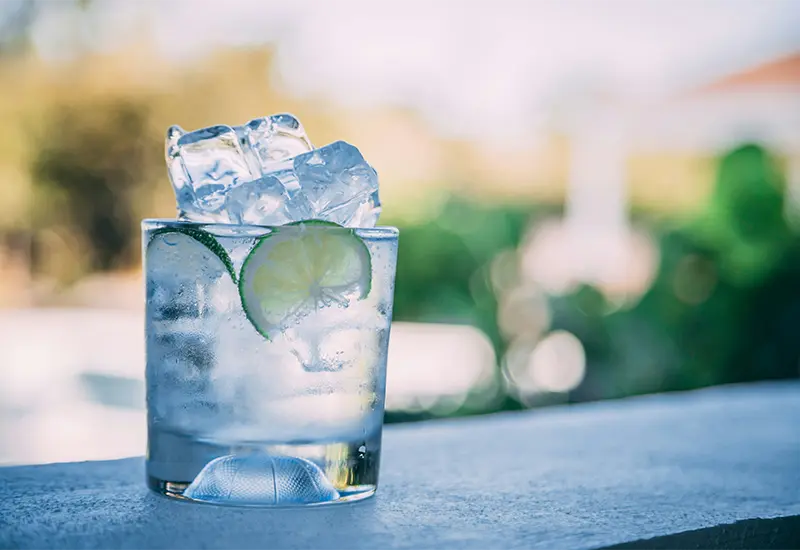
International Cocktails with a Spanish Twist – Global Classics, Local Flavor
While Spain has a deep-rooted tradition of regional cocktails, it has also embraced international favorites with open arms. Since the early 2000s, global cocktails have become staples in Spanish bars, beach clubs, rooftops, and lounges—often reimagined with a Mediterranean touch.
Spaniards enjoy their cocktails more aromatic, beautifully presented, and always aligned with the vibrant, social energy that defines the country’s nightlife. Here’s a look at the most beloved international cocktails—Spanish style.
Gin & Tonic: The Undisputed King of Spanish Nights
A British invention turned Spanish obsession.
In Spain, a gin & tonic isn’t just a drink—it’s a ritual. Far from the basic version served elsewhere, the Spanish gin-tonic is elevated to an art form.
- Spanish Signature:
- Large balloon glass (copa de balón)
- Crystal-clear XXL ice cubes
- Premium Spanish gin (like Gin Mare or Nordés)
- Artisanal tonic water
- Aromatic garnishes: juniper berries, citrus peels, herbs
- When to enjoy it: Afterwork drinks, rooftop bars, chic dinners
- Fun Fact: Spain is the largest consumer of gin in Europe, even surpassing the UK.
Mojito: The Cuban Classic with a Coastal Vibe
Tropical, fresh, and a summer favorite.
Originally from Havana, the mojito is now a staple in Spanish beach bars and city terraces.
- Classic Ingredients: White rum, fresh mint (hierbabuena), lime, sugar, crushed ice, and soda water
- Popular Variations in Spain:
- Strawberry Mojito
- Passionfruit or mango
- Watermelon Mojito
- Where to drink it:
- Chiringuitos (beach bars)
- Latin-themed clubs
- Rooftops or summer festivals
- Vibe: Relaxed, sun-soaked, and perfect for dancing barefoot on the sand
Caipirinha: Brazilian Bite with Spanish Style
Strong, citrusy, and perfect for late nights.
Spain has fully adopted Brazil’s national cocktail, especially in urban nightlife scenes and summer festivals.
- What’s in it: Cachaça (sugarcane spirit), lime, brown sugar, and crushed ice
- Difference from mojito: No soda water, and more intense in flavor and alcohol
- Best enjoyed: At music festivals, outdoor events, or vibrant Latin parties
Piña Colada: Holiday in a Glass
Creamy, sweet, and instantly relaxing.
Originally from Puerto Rico, the Piña Colada has found its second home in Spain’s resort towns.
- Smooth recipe: White rum, coconut cream, pineapple juice, crushed ice
- Where to sip: Tiki bars, poolside lounges, coastal hotels, or beach clubs
- Try the Virgin Colada: A popular alcohol-free version for families or sweet-toothed vacationers
Cuba Libre & Cubatas: Spanish Party Essentials
Simple long drinks, always in fashion.
The Cuba Libre (rum + Coke + lime) is part of a broader Spanish drinking category called cubatas—basic spirit-and-soda combos that fuel countless nights out.
- Common Cubatas:
- Vodka + lemon soda
- Whisky + Coke
- Classic Gin & Tonic (simpler version)
- Where to find them: Clubs, late-night bars, or after-dinner hangouts
- Cultural note: Saying “let’s grab a cubata” is a common phrase among young Spaniards hitting the town
Spritz, Margarita & Martini: Rising Stars
Spain stays trendy with European and American imports.
In recent years, craft cocktail bars in cities like Madrid, Barcelona, and Valencia have embraced global mixology trends.
- Aperol Spritz: Bright, bitter-sweet, and ideal for warm afternoons on a terrace
- Margarita: A favorite at Latin dance parties and festive rooftops
- Martini: Served with a twist—literally—often with Mediterranean herbs or citrus accents
The demand for high-quality ingredients, creative garnishes, and inventive menus has led to a boom in artisan cocktail bars, attracting a curious and discerning crowd.
Global Flavors, Spanish Soul
Spain proves that international cocktails can seamlessly blend into its unique way of life—as long as they’re served with style, generosity, and a festive spirit.
Whether you’re sipping a refined gin-tonic in a rooftop bar in Madrid or enjoying a fruity mojito by the sea, these cocktails have become an essential part of modern Spanish nightlife.
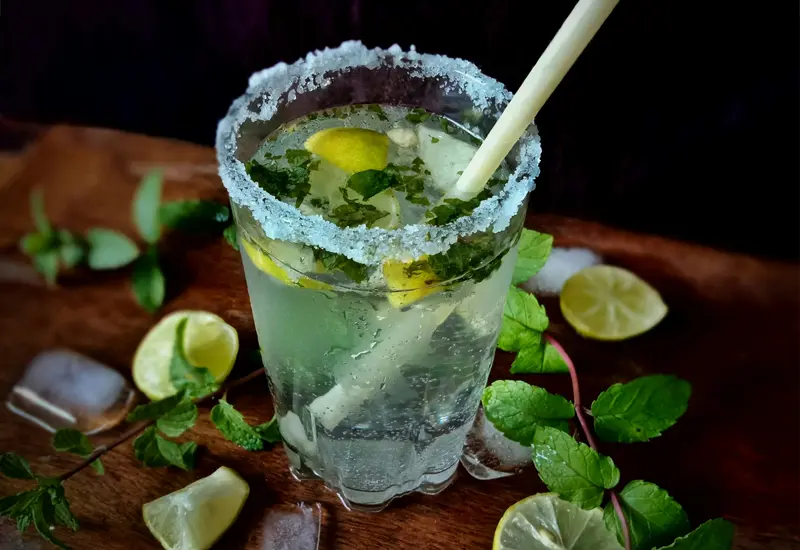
Cocktail Culture in Spain – Where, When & How to Enjoy It
In Spain, drinking a cocktail isn’t just about alcohol—it’s a cultural experience. Each drink has its moment, its setting, and its social context. To truly enjoy cocktails the Spanish way is to immerse yourself in a world of slow living, shared moments, and vibrant atmospheres.
Iconic Places to Enjoy Cocktails in Spain
From beach bars to rooftop lounges, Spain offers countless ways to enjoy your drink in style. Here are the most iconic spots to sip a cocktail—Spanish-style.
Chiringuitos – Beach Bars with Your Feet in the Sand
Scattered along Spain’s coastlines, chiringuitos are the ultimate summer escape. These casual beach bars offer tropical, refreshing cocktails just steps from the sea.
- Top cocktails: Mojito, Piña Colada, Caipirinha, Tinto de Verano
- Best time to visit: Late afternoons, sunset aperitifs, beach parties with DJs
- Vibe: Relaxed, sunny, barefoot luxury
Terraces (Terrazas) – The Everyday Social Scene
Terraces are the heartbeat of urban life in Spain. Whether it’s a neighborhood café or a bustling plaza, they’re the place to drink, eat, chat, and people-watch.
- Popular drinks: Sangría (shared), Gin & Tonic, Clara con limón, Aperol Spritz
- Typical occasions: Afterwork drinks, weekend brunch, lazy afternoons with friends
- Vibe: Casual, vibrant, effortlessly social
Rooftops – Cocktails with a View
In cities like Madrid, Barcelona, and Valencia, rooftop bars are a go-to for chic nights out. With panoramic views and sophisticated menus, they offer a modern cocktail experience.
- What to order: Premium Gin Tonics, fruity Margaritas, signature cocktails
- Perfect for: Romantic dates, summer nights, stylish events
- Vibe: Elegant, urban, often with live music or DJs
Cocktails + Tapas: The Perfect Pairing
In Spain, drinking is rarely done without food—and cocktails are naturally paired with tapas. It’s not just tradition—it’s the way of life.
Why It Works:
- Cocktails in Spain tend to be lighter and more citrusy—ideal with savory bites
- Tapas are made to be shared, which invites conversation and community
- The result: a slow, social way to eat and drink, one that encourages enjoyment without rush
Popular Pairings
| Cocktail | Perfect Tapas Pairing |
|---|---|
| Sangría | Paella, patatas bravas, meat skewers |
| Gin & Tonic | Spanish cheeses, Iberian ham |
| Mojito | Fried calamari, croquettes |
| Tinto de Verano | Spanish tortilla, olives, anchovies |
| Rebujito | Montaditos (mini sandwiches), grilled chorizo |
Perfect Tapas Pairing: Paella, patatas bravas, meat skewers
Perfect Tapas Pairing: Spanish cheeses, Iberian ham
Perfect Tapas Pairing: Fried calamari, croquettes
Perfect Tapas Pairing: Spanish tortilla, olives, anchovies
Perfect Tapas Pairing: Montaditos (mini sandwiches), grilled chorizo
Pro tip: In many traditional Spanish bars, a small tapa is offered for free with your drink. It’s one of Spain’s most charming (and tasty) customs!
Cocktails at Spanish Festivities – A Ritual of Celebration
In Spain, celebration is sacred—and cocktails often play a central role in major events, festivals, and regional traditions.
Event-Based Cocktails
Certain cocktails are tied to specific cultural or local events:
- Rebujito: The iconic drink of Andalusian ferias, like Seville’s Feria de Abril
- Kalimotxo: A youthful favorite at street parties and summer concerts in the north
- Queimada: A mystical, fiery punch from Galicia—prepared with orujo and set alight during traditional gatherings
- Agua de Valencia: A citrusy, sparkling punch served in carafes at Valencian soirées and celebrations
A Social and Joyful Experience
Spanish cocktails are rarely a solo affair. They’re made and shared with others, often as part of a larger moment:
- Mixed in pitchers or carafes, meant for sharing
- Enjoyed with neighbors, friends, or strangers alike
- Accompanied by music, dance, and spontaneous celebration
In Spain, a cocktail is never just a drink—it’s an invitation.
To talk, to laugh, to connect. Whether you’re toasting on the beach, in a village square, or 15 floors above the city, cocktails are a bridge into the country’s soul.
Popular Cocktails in Spain – A Quick Guide to What to Drink and When
Not sure whether to go for a refreshing Rebujito, a sparkling Agua de Valencia, or a stylish Gin Tonic on a Madrid rooftop? This handy guide helps you choose the perfect Spanish cocktail based on your taste, mood, location, or even the weather.
Overview of Iconic Spanish Cocktails
| Cocktail | Origin | Main Alcohol | Best Moment | Typical Setting | Alcohol Level |
|---|---|---|---|---|---|
| Sangría | Spain (national) | Red wine + brandy | Summer, barbecues, group dinners | Tapas bars, festive meals | Medium |
| Tinto de Verano | Andalusia | Light red wine | Hot afternoons, beachside, casual aperitifs | Chiringuitos, local cafés | Low |
| Clara con limón | Nationwide | Beer + lemon soda | Lunchtime, light apéritif | Terraces, local bars, stadiums | Very low |
| Kalimotxo | Basque Country | Red wine + cola | Youth parties, concerts, street festivals | Street fests, music events | Low |
| Agua de Valencia | Valencia | Cava, vodka, gin + orange juice | Private parties, summer celebrations | Cocktail bars, house gatherings | High |
| Rebujito | Andalusia | Fino (dry sherry) + lemonade | Springtime, traditional festivals (ferias) | Andalusian fairs, open-air events | Low |
| Queimada | Galicia | Orujo (pomace brandy) | Night rituals, rural festivities | Group gatherings, cultural events | Very high |
| Gin Tonic | UK / Spain | Gin + tonic | Year-round, stylish evenings | Rooftop bars, cocktail lounges | Medium |
| Mojito | Cuba / Spain | White rum | Summer, beach days, early evenings | Beach bars, Latin-themed venues | Medium |
| Caipirinha | Brazil / Spanish cities | Cachaça | Tropical nights, dancing events | Brazilian bars, summer terraces | High |
| Piña Colada | Puerto Rico / Coastal Spain | White rum, pineapple & coconut | Afternoon chill, tropical vibes | Chiringuitos, resorts, beach clubs | Medium |
| Cuba Libre | Cuba / Nationwide | Rum + cola | Late-night parties, nightclubs | Clubs, casual bars | Medium |
| Spritz Aperol | Italy / Trendy Spain | Prosecco + Aperol + soda water | Trendy aperitifs, spring & summer | Rooftops, chic terraces | Low |
Origin: Spain (national)
Main Alcohol: Red wine + brandy
Best Moment: Summer, barbecues, group dinners
Typical Setting: Tapas bars, festive meals
Alcohol Level: Medium
Origin: Andalusia
Main Alcohol: Light red wine
Best Moment: Hot afternoons, beachside, casual aperitifs
Typical Setting: Chiringuitos, local cafés
Alcohol Level: Low
Origin: Nationwide
Main Alcohol: Beer + lemon soda
Best Moment: Lunchtime, light apéritif
Typical Setting: Terraces, local bars, stadiums
Alcohol Level: Very low
Origin: Basque Country
Main Alcohol: Red wine + cola
Best Moment: Youth parties, concerts, street festivals
Typical Setting: Street fests, music events
Alcohol Level: Low
Origin: Valencia
Main Alcohol: Cava, vodka, gin + orange juice
Best Moment: Private parties, summer celebrations
Typical Setting: Cocktail bars, house gatherings
Alcohol Level: High
Origin: Andalusia
Main Alcohol: Fino (dry sherry) + lemonade
Best Moment: Springtime, traditional festivals (ferias)
Typical Setting: Andalusian fairs, open-air events
Alcohol Level: Low
Origin: Galicia
Main Alcohol: Orujo (pomace brandy)
Best Moment: Night rituals, rural festivities
Typical Setting: Group gatherings, cultural events
Alcohol Level: Very high
Origin: UK / Spain
Main Alcohol: Gin + tonic
Best Moment: Year-round, stylish evenings
Typical Setting: Rooftop bars, cocktail lounges
Alcohol Level: Medium
Origin: Cuba / Spain
Main Alcohol: White rum
Best Moment: Summer, beach days, early evenings
Typical Setting: Beach bars, Latin-themed venues
Alcohol Level: Medium
Origin: Brazil / Spanish cities
Main Alcohol: Cachaça
Best Moment: Tropical nights, dancing events
Typical Setting: Brazilian bars, summer terraces
Alcohol Level: High
Origin: Puerto Rico / Coastal Spain
Main Alcohol: White rum, pineapple & coconut
Best Moment: Afternoon chill, tropical vibes
Typical Setting: Chiringuitos, resorts, beach clubs
Alcohol Level: Medium
Origin: Cuba / Nationwide
Main Alcohol: Rum + cola
Best Moment: Late-night parties, nightclubs
Typical Setting: Clubs, casual bars
Alcohol Level: Medium
Origin: Italy / Trendy Spain
Main Alcohol: Prosecco + Aperol + soda water
Best Moment: Trendy aperitifs, spring & summer
Typical Setting: Rooftops, chic terraces
Alcohol Level: Low
How to Pick the Right Cocktail in Spain
- Looking for something light and refreshing during the day? Try a Clara con limón or a Tinto de Verano.
- Want a festive drink to share with friends? Go for a Sangría or an Agua de Valencia served in a pitcher.
- Heading out to a nightclub or party? Stick with the classic cubatas like Gin Tonic or Cuba Libre.
- Curious about local traditions? Try a Rebujito during Andalusian ferias or witness a fiery Queimada in Galicia.
This table is designed as your quick-reference companion to drink like a local.
Whether you’re enjoying a seaside sunset, dancing at a summer feria, or relaxing on a city terrace—there’s always a Spanish cocktail to match the moment.
Tips for Expats and Travelers – Mastering Spain’s Cocktail Culture
Living or traveling in Spain means embracing a lifestyle where cocktails are more than drinks — they’re social rituals. Whether you’re into boozy classics or alcohol-free alternatives, here’s how to navigate Spanish cocktail culture like a local.
How to Order Like a Spaniard
Learn a few key phrases and you’ll blend in effortlessly at the bar:
- Un tinto de verano, por favor. → A chilled red wine with soda — perfect on a hot day.
- Una caña y una clara, gracias. → A small draft beer and a lemon shandy.
- Un gin tonic con ginebra Nordés, por favor. → Customizing your gin & tonic like a pro.
- ¿Qué tenéis de cócteles? → “What cocktails do you have?”
- ¿Lo tenéis sin alcohol? → Ask if there’s a non-alcoholic version available.
Pro tip: In cocktail bars, bartenders are often passionate about mixology. Don’t hesitate to ask for suggestions.
What Not to Do
Avoid these common tourist mistakes:
- Ordering sangría in winter in Madrid — try something seasonal instead.
- Asking for a mojito in a traditional neighborhood bar — it may not be their specialty.
- Saying “clara con cerveza” — it’s redundant (a clara is beer with soda).
- Snapping fingers or waving loudly — a gentle “perdona” and eye contact do the trick.
Choosing the Right Bar for the Right Mood
| Type of Bar | Vibe | Suggested Cocktails |
|---|---|---|
| Chiringuito | Beachy, relaxed | Mojito, Caipirinha, Piña Colada |
| Traditional Bar | Local, rustic | Clara, Tinto de Verano, Rebujito |
| Rooftop / Trendy Bar | Urban, stylish | Premium Gin Tonic, Spritz, house cocktails |
| Latino/Tropical Bar | Lively, dance-friendly | Mojito, Caipirinha, Cuba Libre |
| Discoteca (Club) | Nightlife, energetic | Cubatas: rum & Coke, vodka-lemon… |
Vibe: Beachy, relaxed
Suggested Cocktails: Mojito, Caipirinha, Piña Colada
Vibe: Local, rustic
Suggested Cocktails: Clara, Tinto de Verano, Rebujito
Vibe: Urban, stylish
Suggested Cocktails: Premium Gin Tonic, Spritz, house cocktails
Vibe: Lively, dance-friendly
Suggested Cocktails: Mojito, Caipirinha, Cuba Libre
Vibe: Nightlife, energetic
Suggested Cocktails: Cubatas: rum & Coke, vodka-lemon…
On a terrace? Order at the table.
At the bar? Just make eye contact and say “hola” — no shouting needed.
Great Alcohol-Free Options in Spain
Yes — Spain knows how to party, but it also offers plenty of tasty non-alcoholic choices.
Mocktails (a.k.a. “cócteles sin alcohol”)
Widely available in rooftops and modern bars:
- Virgin Mojito – mint, lime, soda water
- Virgin Piña Colada – pineapple, coconut, crushed ice
- Sangría sin alcohol – grape juice, fresh fruit, spices
They’re served beautifully — no compromise on style or taste.
Local Non-Alcoholic Drinks to Try
- Horchata de chufa – a creamy, nutty drink from Valencia
- Granizado de limón – crushed ice lemon slush, super refreshing
- Mosto – unfermented grape juice (a hit with kids and non-drinkers)
- Agua con gas con limón – sparkling water with lemon, simple and fresh
Just ask for “una bebida sin alcohol”, and many bartenders will offer a custom-made option.
Cocktails, Yes — But with Moderation
In Spain, drinking is social, slow, and always paired with food. You won’t be judged for skipping alcohol — in fact, choosing quality over quantity is the cultural norm.
Whether you’re into premium gin tonics, tropical mocktails, or discovering regional drinks, Spain’s cocktail culture is welcoming, relaxed, and inclusive — just like the country itself.
The Spanish Art of Living, One Glass at a Time
If you thought Spain was just about sipping sangría by the beach — think again. Behind every Spanish cocktail lies a story, a tradition, and a way of life. From Andalusia’s laid-back tinto de verano to the fiery queimada of Galicia, or the globally loved gin-tonic with a Spanish twist, these drinks are much more than recipes — they’re cultural experiences.
Cocktails in Spain: A Matter of Culture, Not Just Taste
In Spain, a cocktail is never just a mix of alcohol and fruit. It’s:
- An invitation to connect
- A natural companion to tapas
- A central part of regional celebrations
- A bridge between friends, strangers, and communities
Whether it’s served at a beachside chiringuito, a bustling neighborhood bar, or a rooftop overlooking Madrid, each glass reflects a different side of Spain — festive, relaxed, elegant, or rustic… but always warm and welcoming.
Responsible Drinking, Deeply Rooted in Culture
Contrary to some stereotypes, Spaniards don’t drink to get drunk. They drink to share moments — slowly, with food, conversation, and laughter. Moderation isn’t a rule — it’s second nature. And that’s what makes the cocktail experience in Spain so unique: alcohol here enhances connection, not excess.
A Sensory Journey in Every Glass
Whether you’re:
- A curious traveler
- A new expat looking to blend in
- Or simply a cocktail enthusiast
…this guide offers you the keys to understand, appreciate, and enjoy Spain’s diverse cocktail culture.
Spain is to Be Tasted as Much as It’s Explored
So go ahead and try:
- A Rebujito at a lively Andalusian fair
- A bubbly Agua de Valencia shared among friends
- A premium Gin Tonic on a rooftop at sunset
- Or a non-alcoholic mocktail with a Spanish twist
¡Salud! And remember: in Spain, we drink together, we share, we celebrate.
Each glass is a slice of culture — so take your time, sip with intention… and enjoy it like a local.
